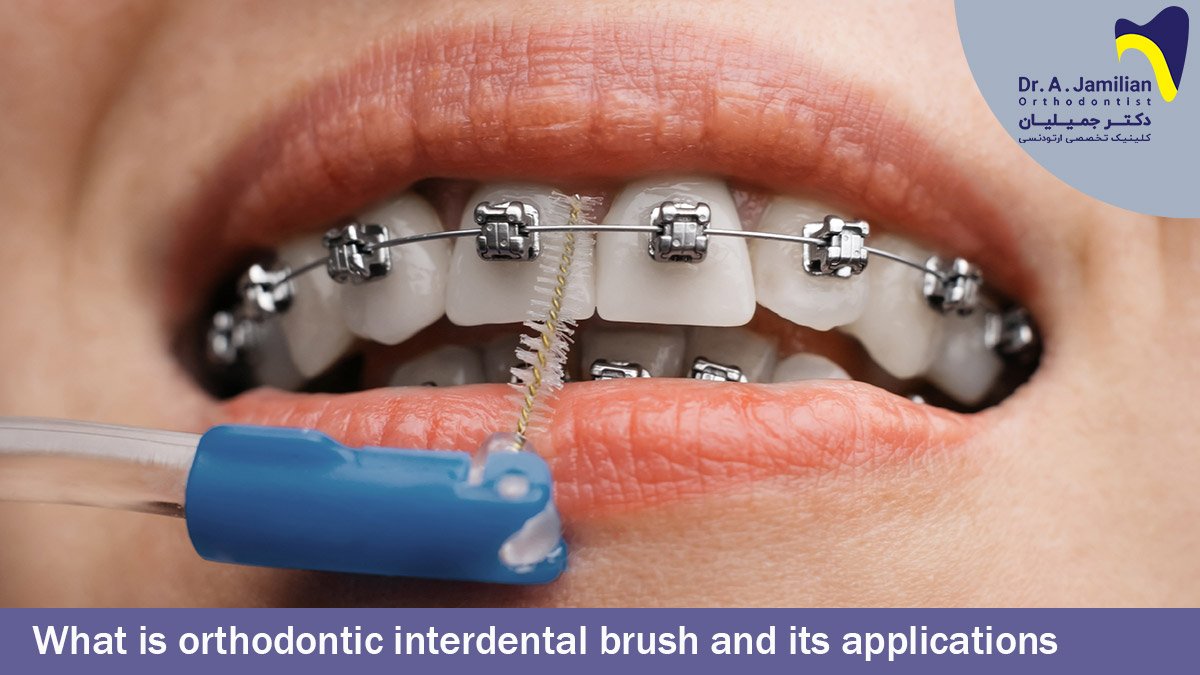When it comes to teeth alignment and orthodontic treatments, people have numerous options to choose from, each with its own set of benefits and drawbacks. One such option is lingual braces, which are essentially invisible braces that are bonded to the back of teeth,
درمان ارتودنسی rather than the front. In this article, we'll explore the pros and cons of lingual braces to help you decide if they're the perfect fit for you.
The major advantage of lingual braces is their aesthetic appeal. Unlike traditional braces that are visible from the front, lingual braces are practically not noticeable, making them a popular choice among adults who want to correct their teeth straightening issues without drawing attention to it. Additionally, the back of the teeth are not as visible as the front teeth, making it even less noticeable. This makes them ideal for people who live in an field that places high importance on appearance such as in show business.
Another benefit of lingual braces is that they don't get in the way of daily activities. Because they're on the back of your teeth, you can eat, brush, and floss normally without any disturbance. This makes them a great option for those who have active lifestyles and can't afford to have cumbersome appliances getting in the way.
However, one drawback of lingual braces is their price tag. They are generally more expensive than traditional braces, which can be a substantial deterrent for those on a tight budget. Additionally, the high expense also means that you may need to wait longer for treatment since you may not be able to afford it right away.
A further of lingual braces is that they can be more time-consuming and expensive to maintain. Because of their unique placement, it can be more challenging for orthodontists to make adjustments and check on results. This not only adds to the cost but also requires more appointments to the dentist.
Finally, lingual braces can cause some discomfort and difficulty speaking, especially in the initial stages of treatment. The unfamiliar sensation of having something stuck on the back of your teeth can take some getting used to, and you might find yourself lisp-speaking or slurring your words. However, this discomfort usually subsides within a few weeks of getting used to the appliance.
In conclusion, lingual braces are a great option for those who prioritize looks and don't mind the added cost and maintenance. While they have their share of downsides, the benefits of lingual braces can be meaningful for those who are willing to pay a premium for the privilege of wearing invisible braces. If you're considering lingual braces, weigh your options carefully and discuss your plans with your dentist to see if they're the perfect choice for you.
